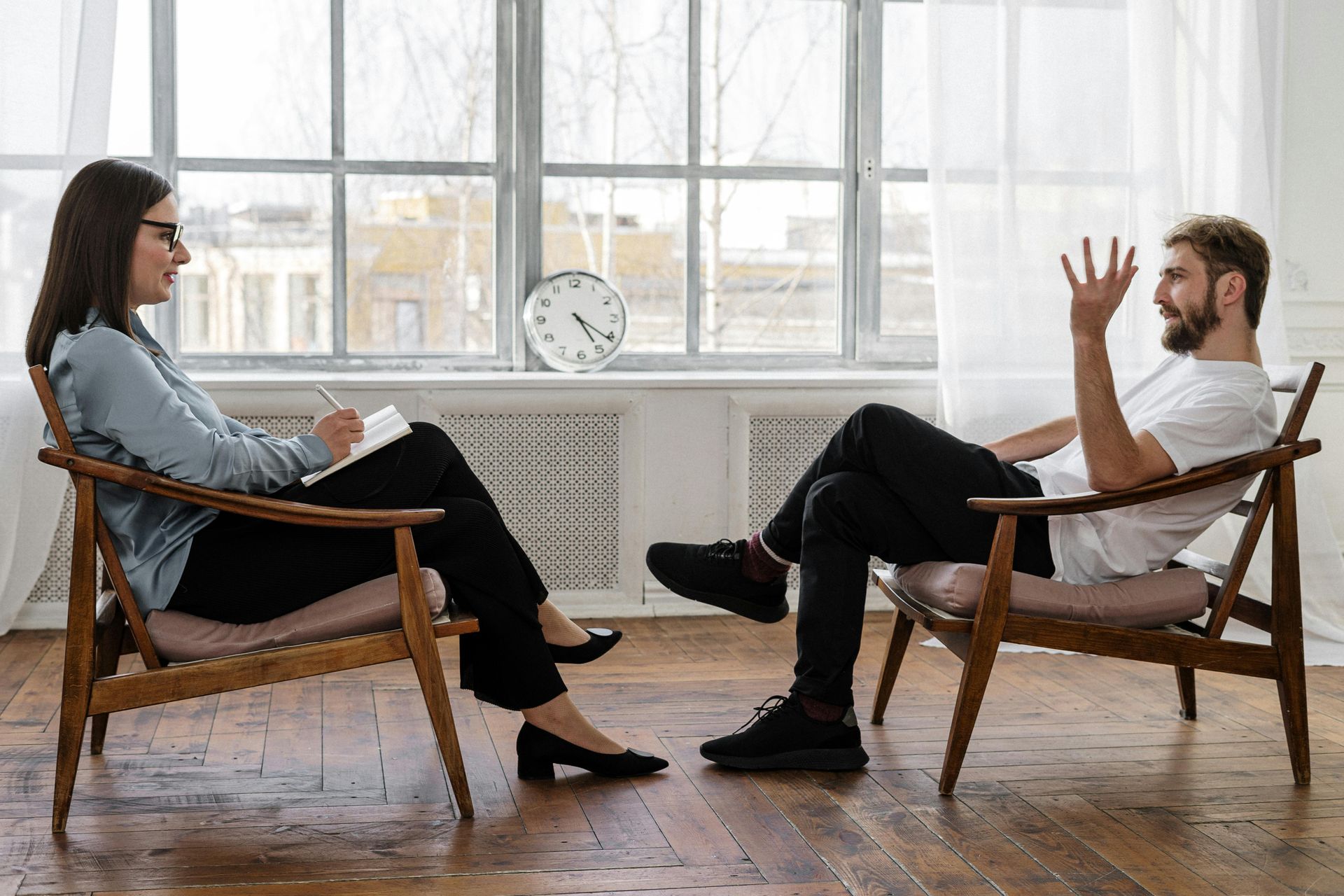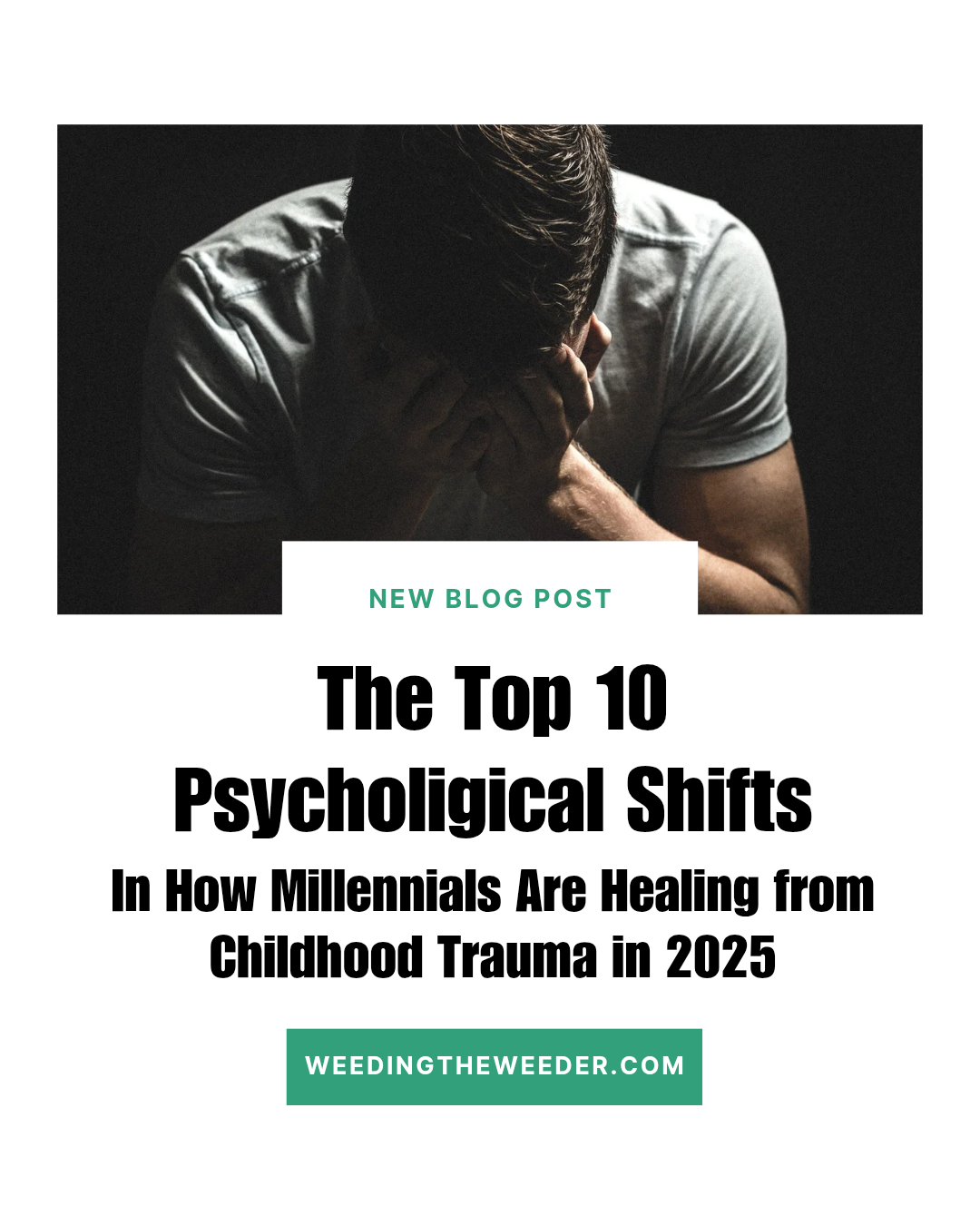New Paragraph
Unlearning Toxic Love: Recognizing & Rebuilding Healthy Relationships
How Our Childhood Shapes Attachment Styles and What We Need to Unlearn for Healthier Connections
Growing up in an environment where love felt conditional, absent, or transactional can profoundly impact how we form relationships as adults. Many of us unknowingly carry patterns from our upbringing into our romantic partnerships, friendships, and even workplace interactions—until we decide to unlearn them.
Attachment theory, first developed by psychologist John Bowlby and later expanded by researchers like Amir Levine and Rachel Heller in their book "Attached: The New Science of Adult Attachment and How It Can Help You Find - and Keep - Love," which popularized attachment theory and explores how early childhood attachment experiences influence romantic relationships. How our early relationships with caregivers shape our ability to connect, trust, and love as adults. Similarly, therapist Nedra Tawwab and author of Set Boundaries, Find Peace, emphasizes that setting boundaries and healing past wounds is essential for forming healthy relationships.
If you grew up in a household where love was inconsistent, manipulative, or distant, you may struggle to understand what a healthy relationship actually looks like. But unlearning toxic love is possible. It starts with awareness, communication, and intentional healing.

Recognizing How Childhood Shaped Your Attachment Style
In my own experience, love never felt safe or secure. My parents didn’t have a loving relationship; they barely tolerated each other. Toward the end, they slept on opposite sides of the house. My childhood home was filled with yelling, avoidance, and a deep sense of emotional neglect. My mother, who was a caregiver for other children, seemed to invest more emotionally in them than in me.
I grew up questioning what love was supposed to feel like. How could a parent go days, weeks, or even months without wondering how their child was doing? How could love be something that felt so transactional—gifts instead of genuine care, presence replaced by obligation?
These experiences shaped my attachment style in ways I didn’t recognize until adulthood. I promised myself that I would never have a relationship like my parents, that I would choose a partner who was my best friend and confidant. But what I didn’t realize was that growing up in chaos made calm feel foreign. I didn’t know how to exist in a peaceful environment without waiting for the next emotional explosion.
Understanding your attachment style is the first step in unlearning toxic love. Attachment theory breaks down our learned relationship patterns into four main styles:
Attachment theory breaks down our learned relationship patterns into four main styles:
- Secure Attachment – Developed in childhood when caregivers provide consistent love and support. People with this attachment style form healthy, trusting relationships.
- Anxious Attachment – Stemming from inconsistent caregiving, this style creates a deep fear of abandonment and a need for reassurance in relationships.
- Avoidant Attachment – If caregivers were emotionally distant or dismissive, children learn to rely only on themselves, struggling to express emotions or trust others.
- Disorganized Attachment – A mix of anxious and avoidant tendencies, often caused by childhood trauma, making relationships feel confusing and unpredictable.
Understanding your attachment style is the first step in unlearning toxic love.
How Trauma Shapes Our Communication Patterns
Our earliest relationships shape not only how we attach to others but also how we express ourselves within those connections. For many who grew up in environments where emotional safety was inconsistent or nonexistent, communication became a tool for survival rather than a means for connection. Over time, these learned behaviors solidify into habits that follow us into adulthood, often without us realizing it.
Below are some of the most common trauma-based communication patterns:
- The Silent Responder – Shuts down or withdraws from communication because expressing emotions has never felt safe. This person may struggle to speak up when hurt or avoid difficult conversations entirely.
- The Over-Explainer – Feels the need to justify, over-clarify, or over-apologize out of fear of being misunderstood or dismissed. They may exhaust themselves trying to prove their thoughts or feelings are valid.
- The People-Pleaser – Says "yes" when they want to say "no" because asserting boundaries feels unsafe. They may prioritize the comfort of others at the expense of their own well-being.
- The Over-Analyzer – Replays past conversations, dissecting every word and interaction to find potential mistakes. This habit stems from fear of conflict, rejection, or saying the "wrong" thing.
- The Hyper-Independent – Avoids asking for help because past experiences have taught them that relying on others leads to disappointment or rejection. They may struggle with vulnerability and prefer to handle everything alone.
- The Conflict Avoidant – Suppresses emotions to avoid confrontation, even when they’re deeply hurt. This can lead to resentment, passive-aggressiveness, or difficulty expressing personal needs.
Each of these behaviors developed as a response to an unsafe or unpredictable environment, helping us navigate relationships in ways that once felt necessary. However, while these patterns may have protected us in the past, they often hinder healthy, fulfilling relationships in adulthood.



Breaking the Cycle
Recognizing these patterns is the first step toward change. Healing requires intentional unlearning—replacing survival-based communication with healthier, more authentic ways of expressing ourselves. As we move forward, we’ll explore the communication skills that foster trust, emotional safety, and deeper connections in relationships.
What We Need to Unlearn for Healthier Relationships
Once you recognize how your past influences your present, the next step is unlearning the habits that no longer serve you. Here are some essential shifts:
1. Love is Not Transactional
Growing up, I was given everything I wanted—except emotional presence. Many people raised in similar environments equate love with gifts, favors, or obligation. But love isn’t something you earn or buy; it’s something you nurture. Healthy relationships thrive on emotional connection, not transactions.
2. Communication is Key—But So Is Awareness
Before we can communicate what we need, we have to recognize what’s missing. I used to bottle up feelings, assuming people should just “know” what I needed. But expecting others to read our minds only leads to disappointment. Speak up, set boundaries, and express your needs clearly.
3. Chaos is Not Love
If you grew up in an unpredictable, emotionally volatile home, you may mistake intensity for love. But healthy relationships don’t revolve around emotional highs and lows. Love is not supposed to feel like walking on eggshells. Stability, respect, and consistency are what build long-lasting connections.
4. You Are Allowed to Choose Your Family
Not all families are emotionally available, and that’s a hard truth to accept. If your biological family doesn’t show up for you, you have the right to create a chosen family—friends, mentors, and partners who genuinely support you. You deserve relationships that don’t require you to shrink yourself or beg for basic consideration.
5. Therapy Helps—But Healing is a Lifelong Process
For me, therapy was the turning point. I used BetterHelp, which matched me with a therapist specializing in attachment issues and communication. Therapy helped me unlearn harmful patterns, understand my triggers, and develop healthier ways to connect. Healing isn’t a straight line—it’s a process of recognizing wounds, addressing them, and choosing different patterns every day.
Rebuilding Healthy Relationships
Healing from toxic love isn’t just about romantic relationships—it’s about all relationships. The way we interact with friends, coworkers, and even strangers reflects the internal work we’ve done.
- Surround Yourself with Healthy Examples – When you see what love should look like, it’s easier to rewire your perspective.
- Set Boundaries Without Guilt – Love without boundaries isn’t love—it’s self-sacrifice.
- Choose People Who Choose You – You don’t need to chase or convince anyone to care about you. Love should be reciprocal.
At the end of the day, love is what we make space for in our lives. If someone isn’t making room for you, that’s not love—it’s convenience. Real love shows up. It’s consistent. And most importantly, it feels safe.

Final Thought:
Unlearning toxic love is an act of self-respect. The relationships we build moving forward should be ones where we feel valued, heard, and supported—not ones that recreate the cycles we were raised in.
What’s one belief about love that you’ve had to unlearn? Let’s continue this conversation in the comments.

